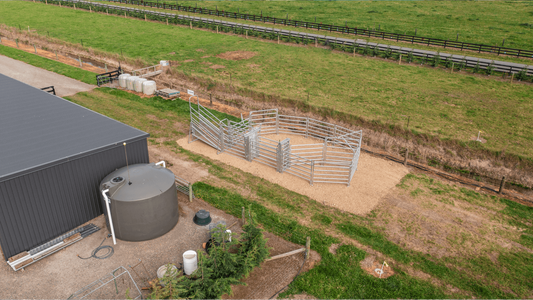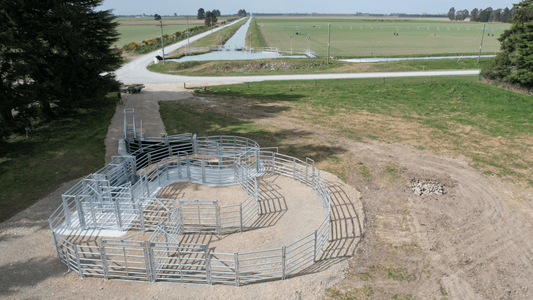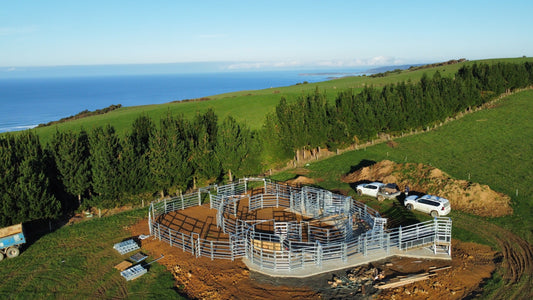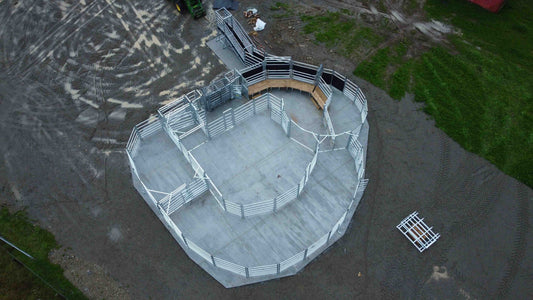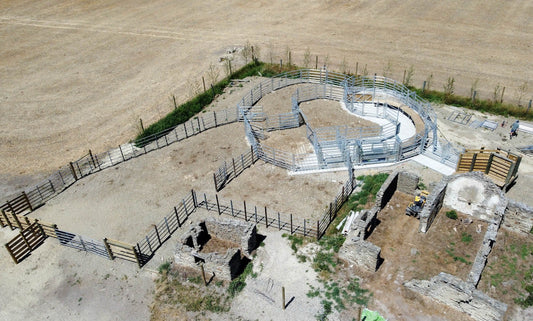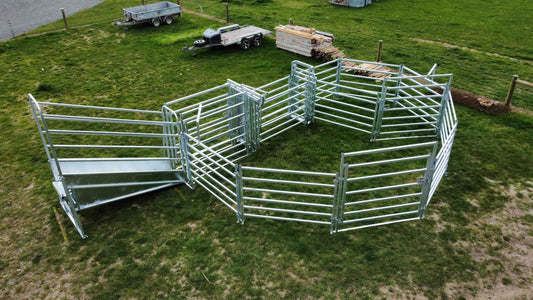As one of the world’s largest beef producers, the US beef market plays a crucial role in the global meat industry. A severe drought and a rise in feed costs have caused a significant decline in beef production across the United States, which is expected to impact production rates for the next three years. While this decline could have ripple effects worldwide, it also opens a set of unique opportunities for New Zealand farmers.
If you’ve been in the industry for a while, you may remember the last significant US beef decline in 2014 and the opportunities it presented to the NZ market. With similar contributing factors, this current decline has sparked optimism for beef producers across New Zealand.
In this blog, we’ll look at the state of the US beef market, what to expect over the next few years, and the opportunities this presents for kiwi farmers.

The Beef Market in the USA
The United States is a leading beef producer, with Texas, Nebraska, and Kansas among the top cattle-raising states. While the country has a high per capita consumption, it also exports significant amounts of beef to Japan, South Korea, Mexico, and Canada. Currently, the US is facing one of its largest two-year declines in beef production. Considering the country’s significance in the market, this poses challenges for everyone from suppliers to consumers.
Why is there a decline in US Beef market production?
Perhaps the biggest factor for the country’s decline is the severe drought that many states have experienced over the last few years. According to Farmer’s Weekly, the drought has impacted around one-third of the country. Severe droughts can reduce the availability of feed and water for cattle, forcing farmers to reduce herd sizes. Another key consideration is the increase in feed prices which can make it more expensive to raise cattle. The country is also experiencing a lower-than-normal cold storage stock, contributing to tighter beef supplies and potential upward pressure on prices as current demand remains steady.

Opportunities for New Zealand farmers
As the liquidation of cattle herds in the United States can be expected to occur for another 12 months, there are some big opportunities for New Zealand farmers. Beef herds won’t start rebuilding again until 2025, which will take several years to reach pre-decline numbers. This opens various opportunities for New Zealand’s beef industry, enabling it to expand its market share, promote its unique selling points, and build long-term trade relationships.
Declines in US beef exports might create opportunities for New Zealand to enter or expand its presence in new markets previously dominated by the US. In existing markets, New Zealand can strengthen its position by increasing supply to meet any shortfalls caused by reduced US exports.
According to Rabobank, the decline in global beef supplies and increased consumption of ground beef will ensure that the demand for New Zealand beef will stay strong over the next few years.
With reduced US beef availability, importers in markets like Japan, South Korea, and other Asian countries could turn to New Zealand to meet their beef needs. As US production declines, the unique selling points of New Zealand beef could become more attractive.
The biggest competition for Kiwi farmers lies within South America. However, due to the continent’s “first come, first serve” policy, it may be unable to fulfil the demand of the United States. With Canada going through its own cattle liquidation, and Australia still recovering from theirs, there is more room in the market.

Challenges for the NZ beef market
While the US beef decline poses some exciting opportunities for New Zealand farmers, recent reports reveal that the NZ market could face challenges of its own over the next few years. According to Rabobank’s Global Animal Protein Outlook report, livestock production is expected to slow this year due to a variety of factors including tighter margins, higher production costs, and tighter supplies. The report warns that kiwi producers and processors will need to adapt to these changes to ensure success. The industry also faces challenges around greenhouse gas emissions and bobby calf processing requirements. Strategic investments and innovative approaches will be essential in overcoming these challenges.
The Outlook
With countries like Mexico and Brazil operating on a “first come first served” basis, and Canada and Australia experiencing their own liquidation phase, the decline in US beef production could offer a gap in the market for New Zealand beef farmers.
New Zealand's reputation for high-quality, grass-fed beef, combined with sustainable and ethical farming practices poses a unique opportunity. Rabobank's recent report forecasts strong farmgate prices through 2025 due to tight global supplies and rising demand.
Despite predictions that New Zealand beef production will drop by 3% in 2024, industry experts believe that the opportunities from the US beef decline will support export and cattle prices. As the global beef market continues to evolve, New Zealand has the opportunity to establish itself as a leader in premium beef production, ensuring long-term growth and success.


